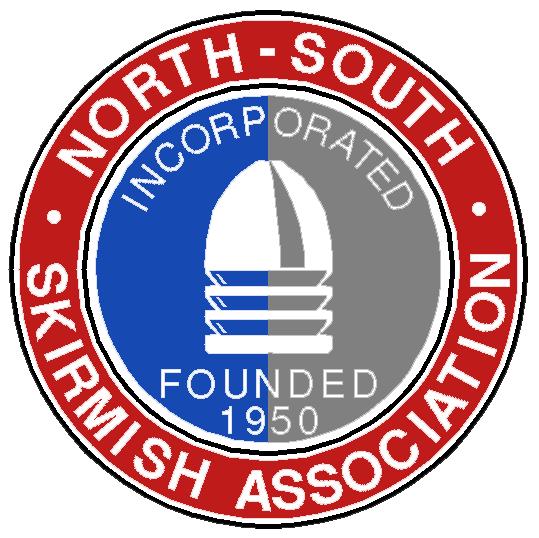By James Van Eldik
Forrest's Escort
Have you ever wondered what it was like to stand shoulder to shoulder in a battle during the Civil War? To hear sound of muskets, see the smoke rolling in front of you, and hear the report of hundreds of muskets going off at once? If so, the North South Skirmish Association (N-SSA) can give you the chance to at least experience a part of what this must have been like. But what exactly was a skirmisher in the Civil War and why do N-SSA members call themselves one now?
The sight of an early morning skirmish at Fort Shenandoah
Tactical doctrine in the 1860’s called for about a company’s worth of soldiers (or about 50 troops by the middle of the conflict) to be deployed in front of a regiment. They were to provide an early warning about what the enemy was up to. When the enemy was encountered they generally provided this warning to the main battle line by firing their muskets. As Sam Watkins of the 1st Tennessee Regiment described it in 'Co. Aytch: A Confederate Memoir of the Civil War,' “We took deliberate aim and fired.” He and his comrades then hot footed it back to the next position and repeated the exercise. This is the type of shooting the N-SSA seeks to emulate and one can observe a close approximation of this type of activity (less the movement) in style and scale at any N-SSA regional skirmish.
At the biannual nationals held at the N-SSA home range at Fort Shenandoah in Winchester, VA a whole new experience can be had. The present day size of the organization is such that now about a regiment’s worth of musket shooters (500-600 people) deploys on the line at once for each relay. This provides a close approximation to the size of a typical battle line during the war. However, this is where the battle line experience during the Civil War starts to differ from the N-SSA firing line. Originally the emphasis was on speed and volume of fire. According to Watson’s experience at Shiloh, “[The soldier] can see the smoke rise and the flash of the enemy’s guns, and he can hear the whistle of the minie and cannon balls, but he has got to load and shoot as hard as he can tear and ram the cartridge…” In other word speed was the most important factor even at the cost of accuracy. This may help explain why it took about a hundred pounds of lead (about 1,600 bullets) to produce one casualty during the conflict.
The present day N-SSA firing line at a national is a bit different. The philosophy here as famously stated by Lani Harrison of the 44th Georgia, is to “load fast, much like back in the war, but then AIM SLOW!” Skirmishers today aren’t concerned with losing their cool in the face of enemy fire like in the old days; rather it’s not letting the urge to jerk the trigger get the best of you when your sights are fixed on the target that becomes the challenge. A jerked shot is ALWAYS a miss!
Despite the differences though, the experience on the firing line of a modern day N-SSA shoot is probably the closest an individual is ever going to get to an actual Civil War battle experience. It is only here that you get to fully experience the roar of “ten thousand woodcutters” as Watkins put it; the billowing clouds of acrid black powder smoke obscuring the target and clouding the eyes; and the whistle of a minie ball as it explodes out of your musket and speeds towards the target!
If you'd like to experience what it was like to be on the line of a Civil War battle considering visiting a skirmish and trying it for yourself. To find the closest 'skirmish' to you or to ask about membership, visit http://www.n-ssa.org/generalinformation/.
Jim Van Eldik is a member of Forrest's Escort of the Deep South Region and a past member of the Iredell Blues. He is retired US Army and joined the N-SSA with the 20th Georgia in 1990. He is the author of "From the Flame of Battle to the Fiery Cross." He is married with three children and six (soon to be seven) grandchildren and currently lives in Alabama.

